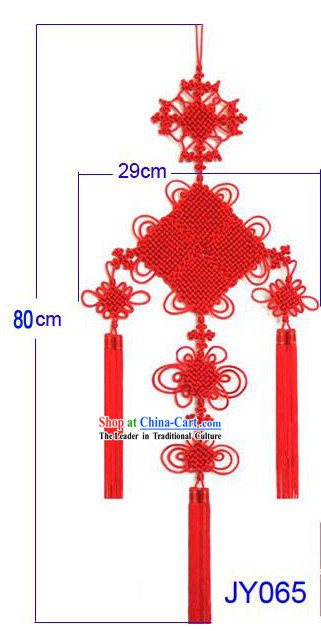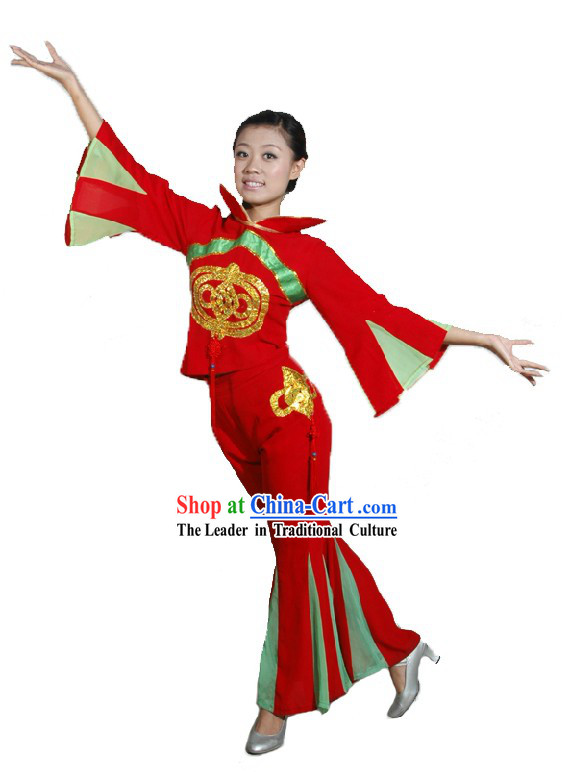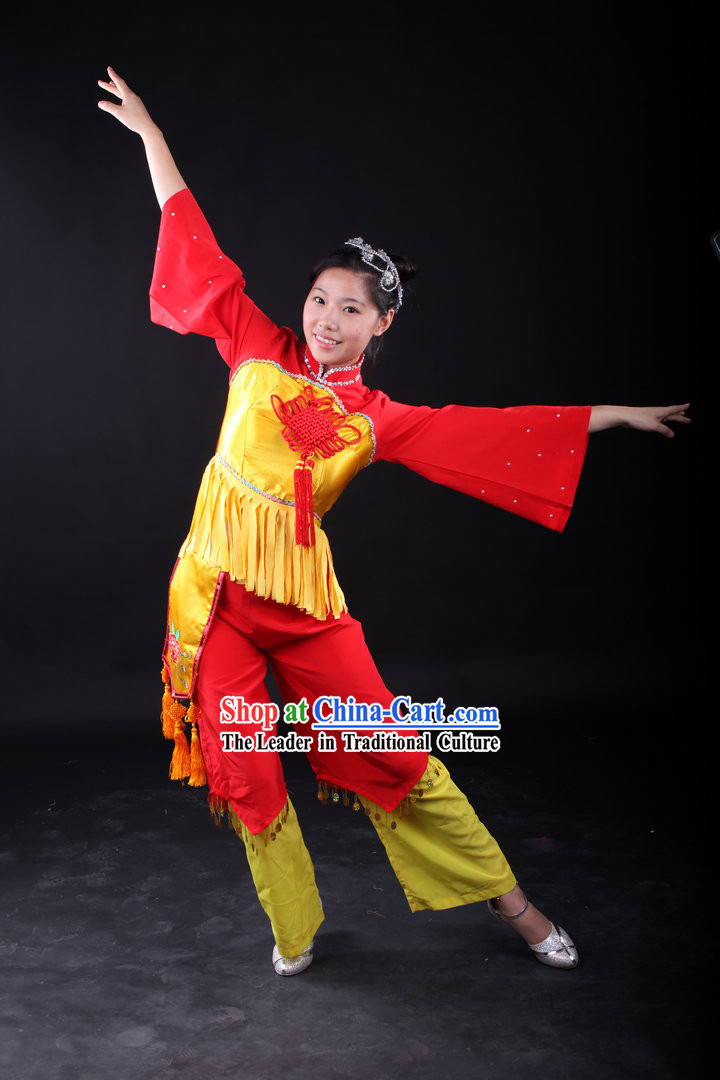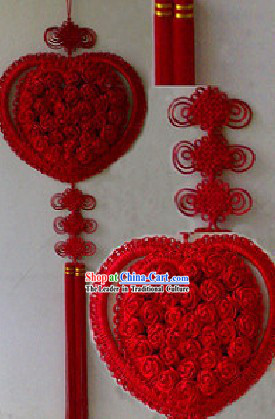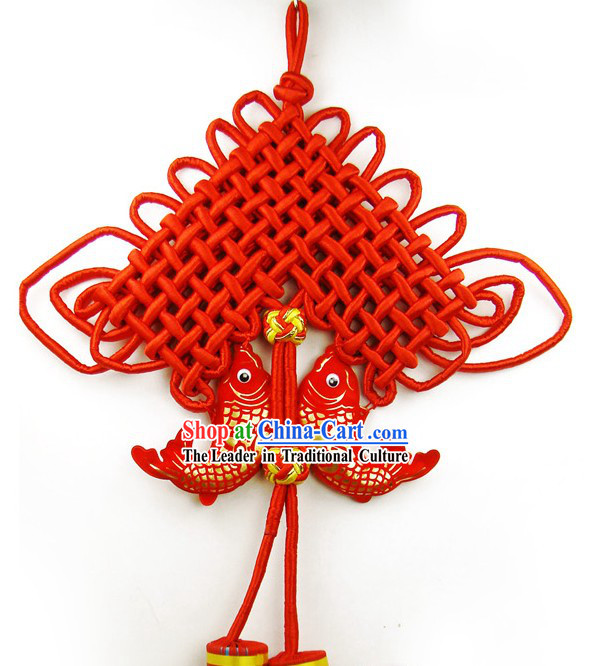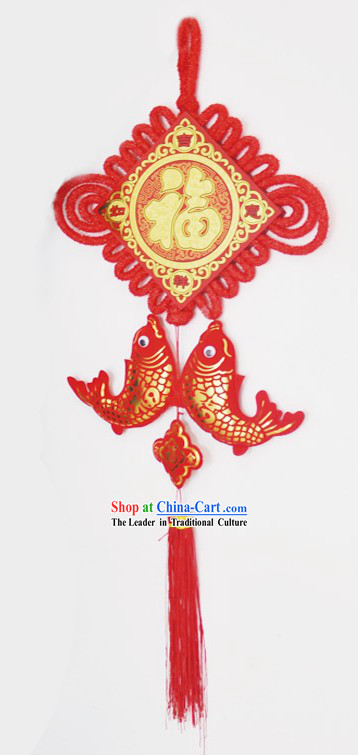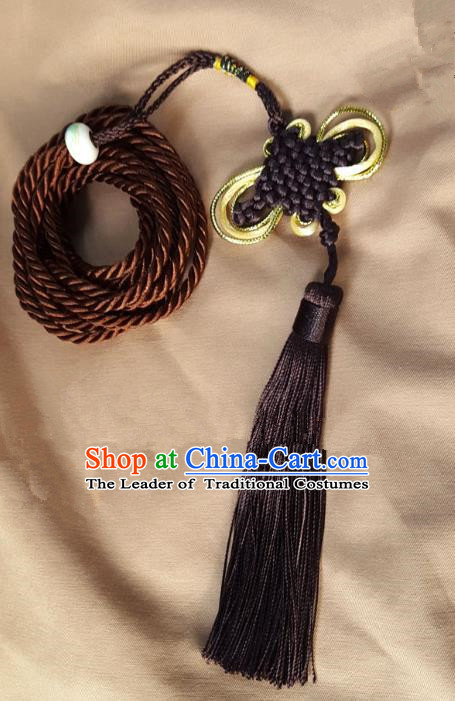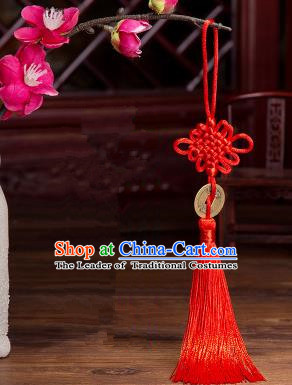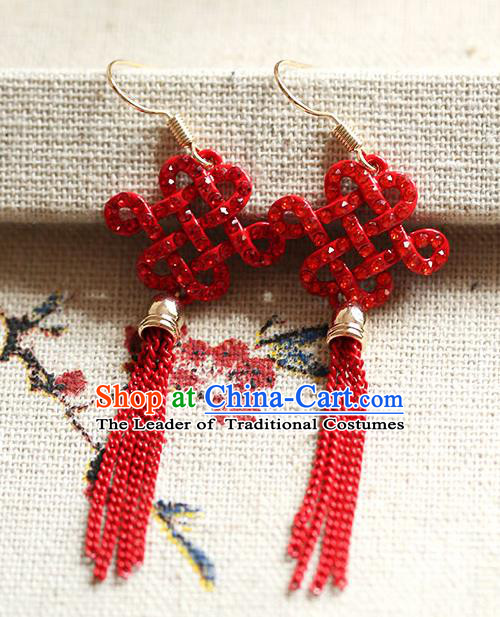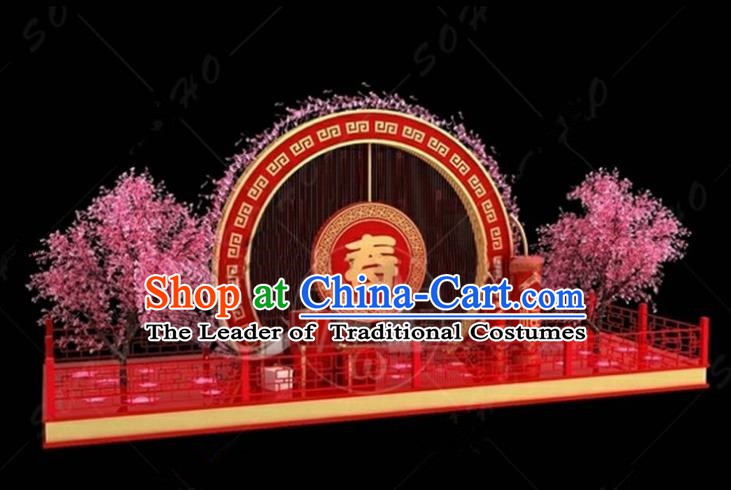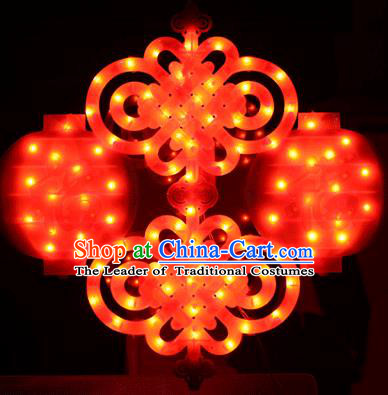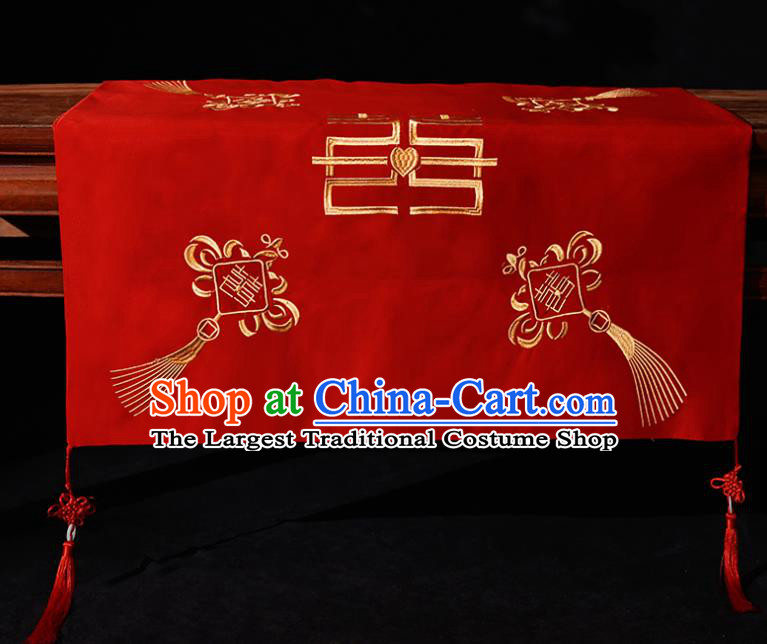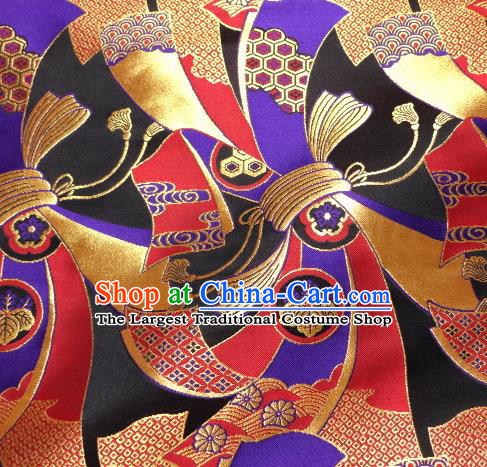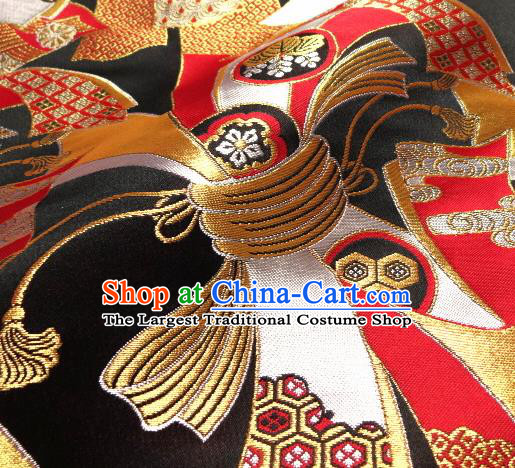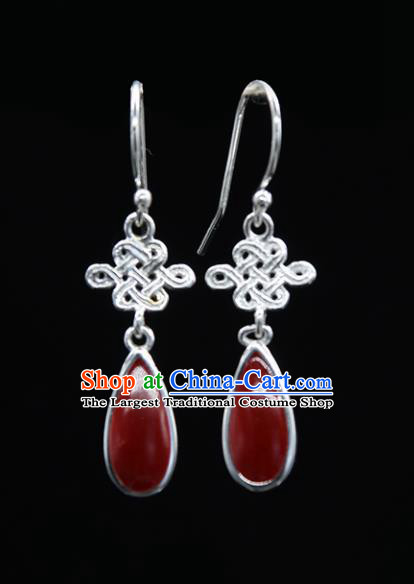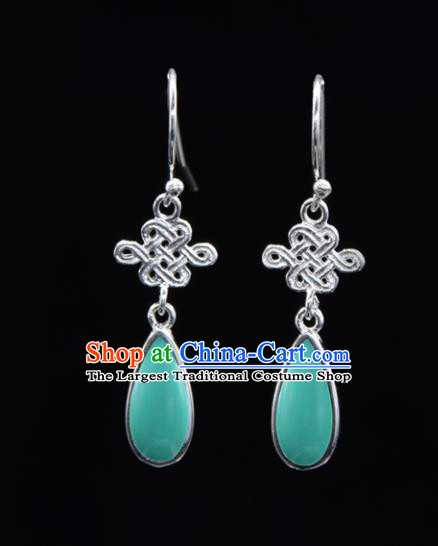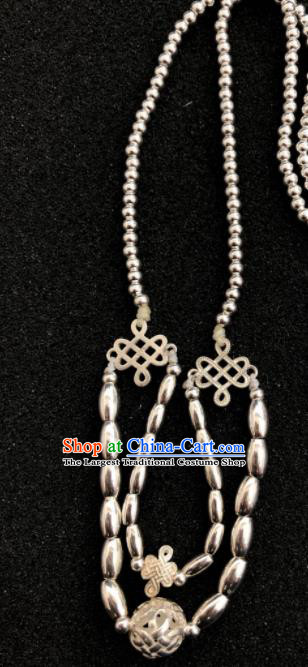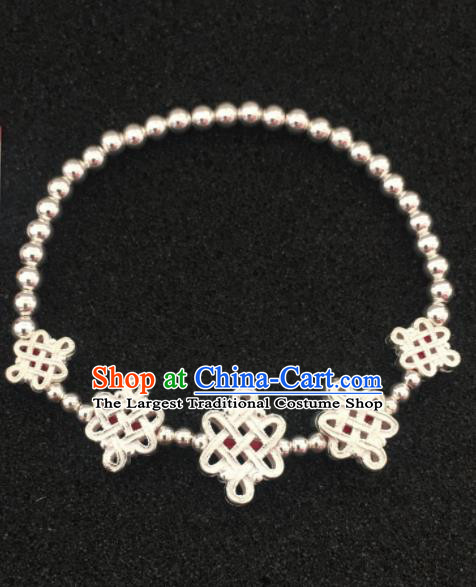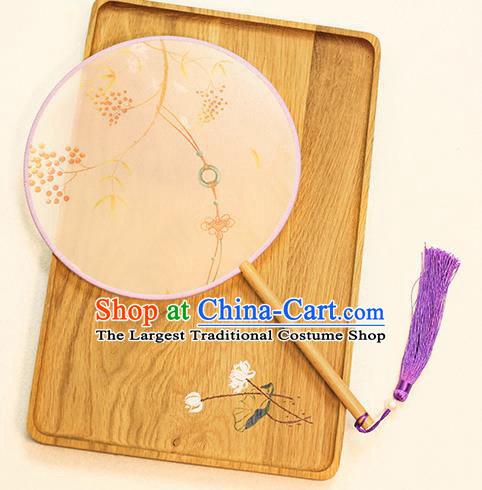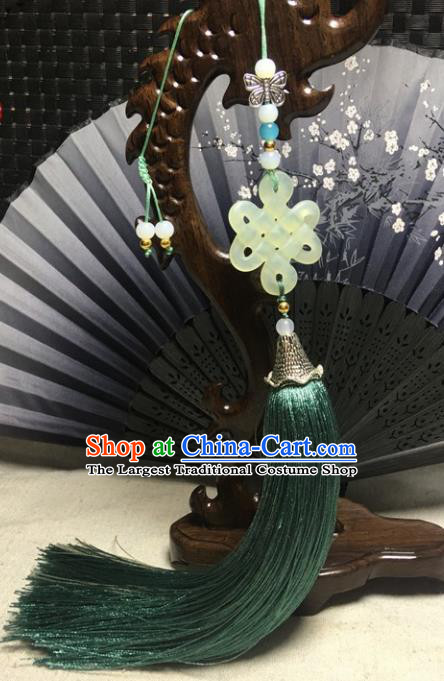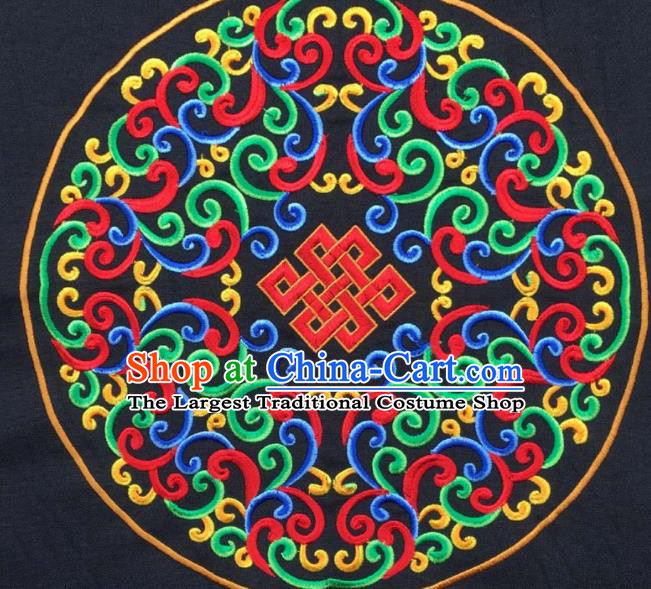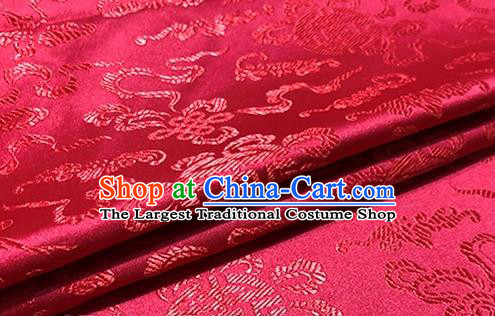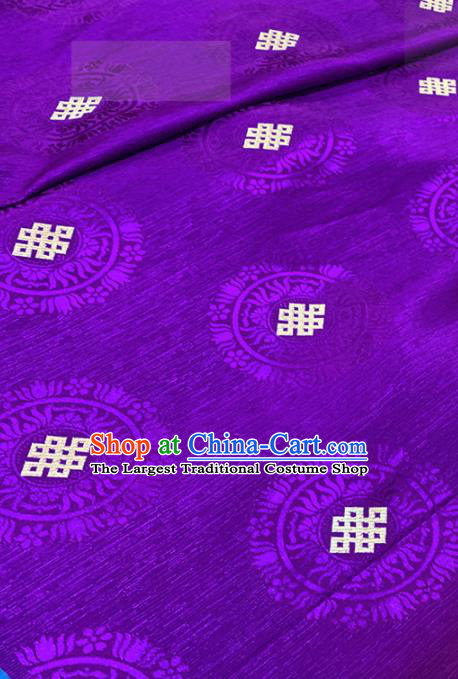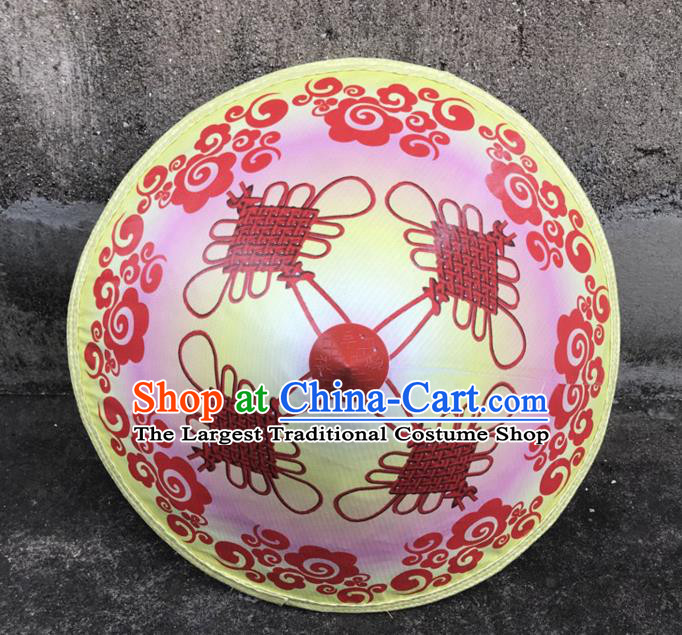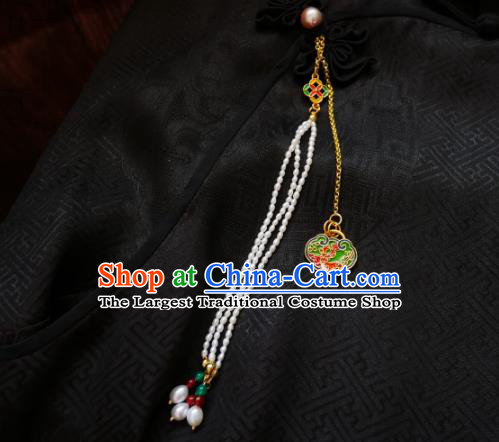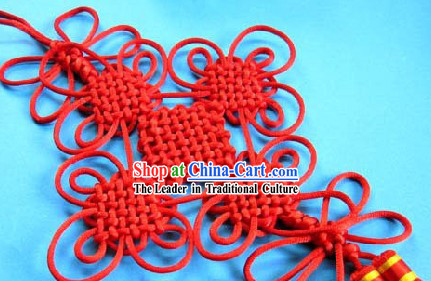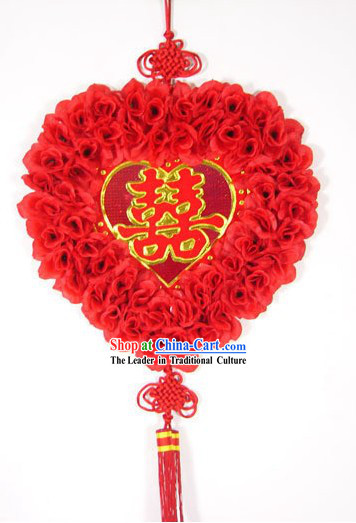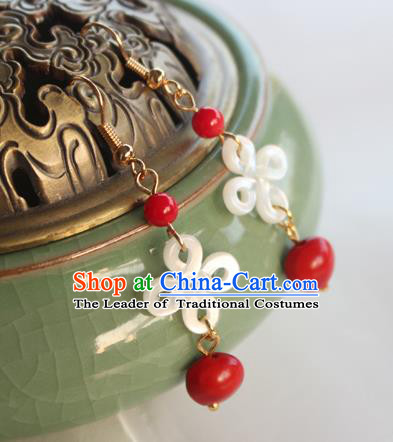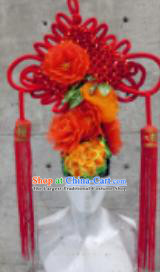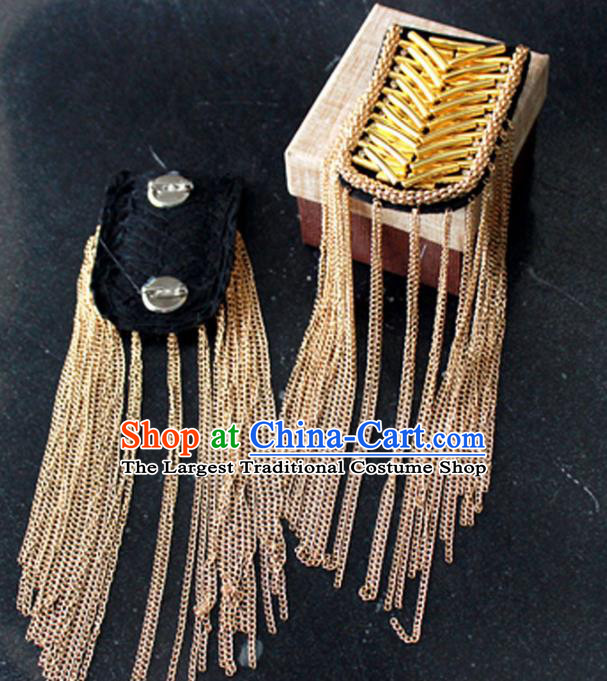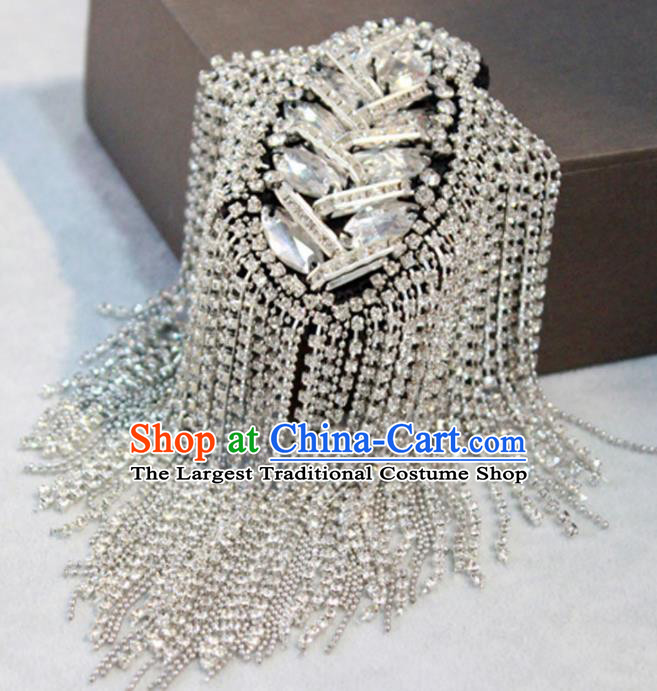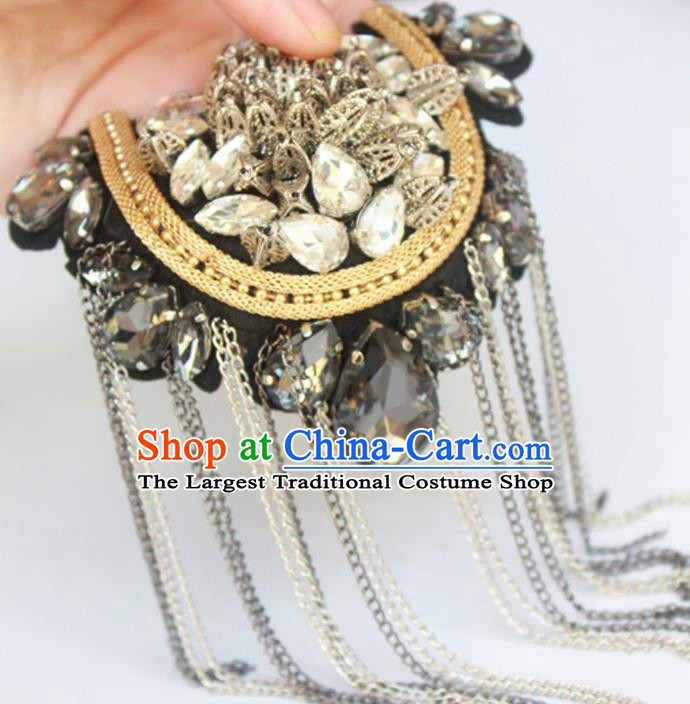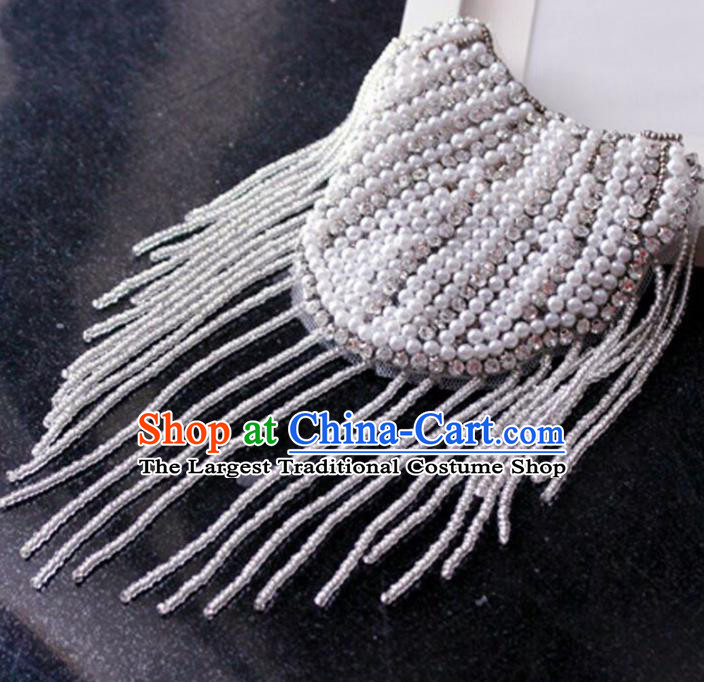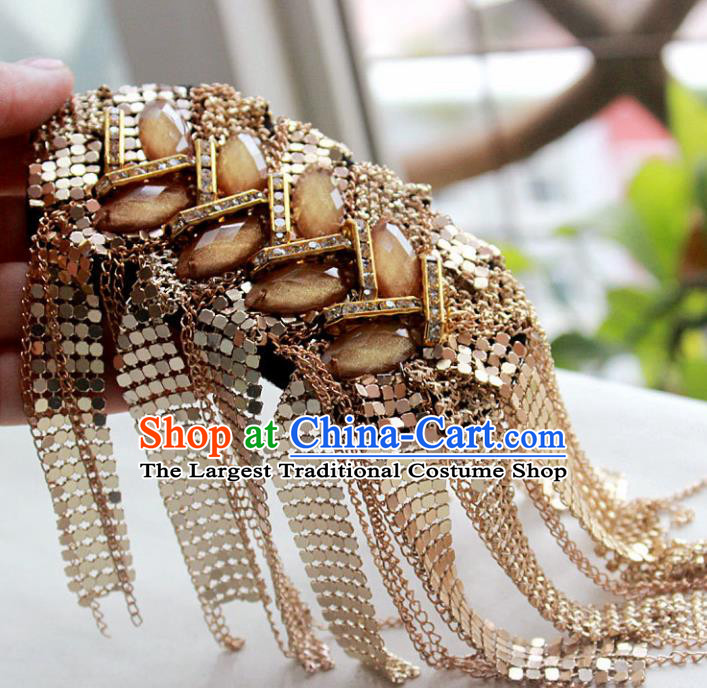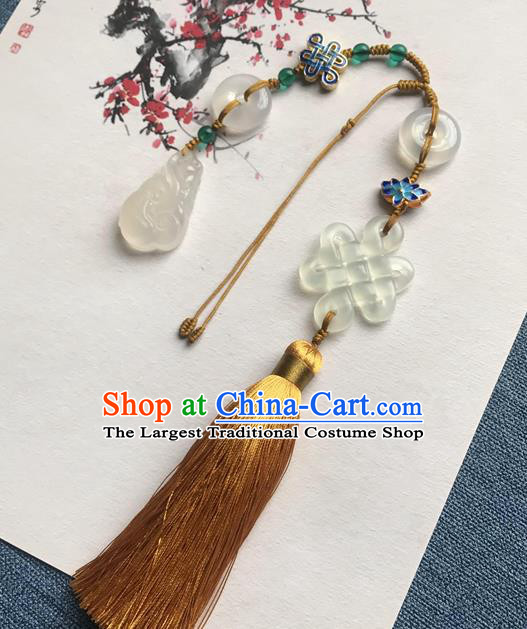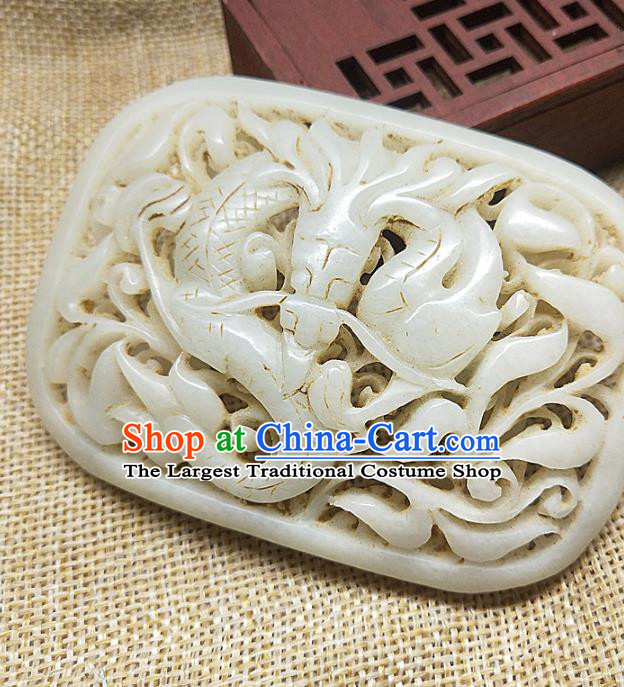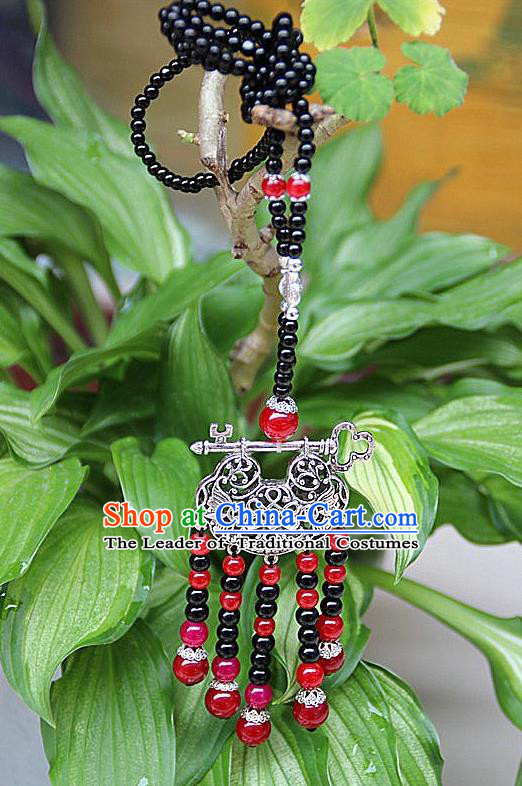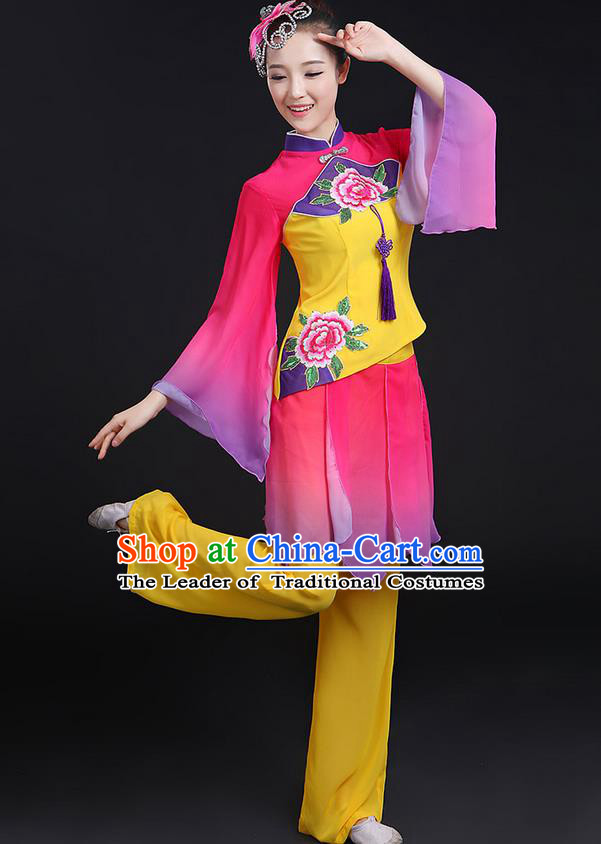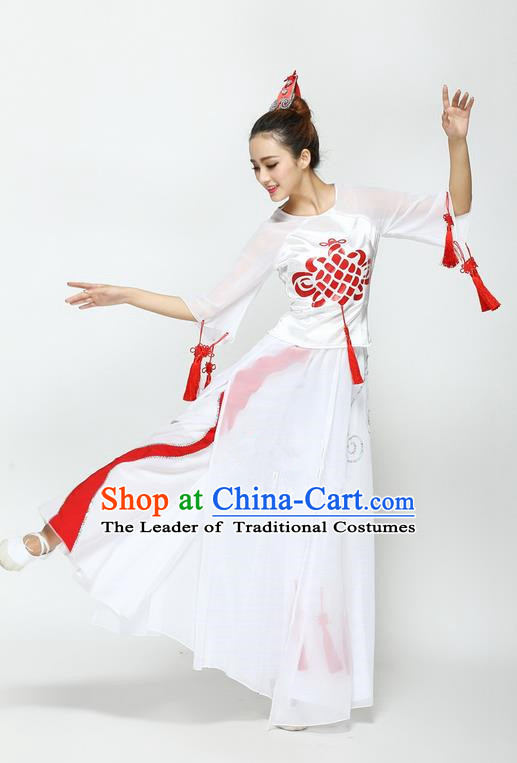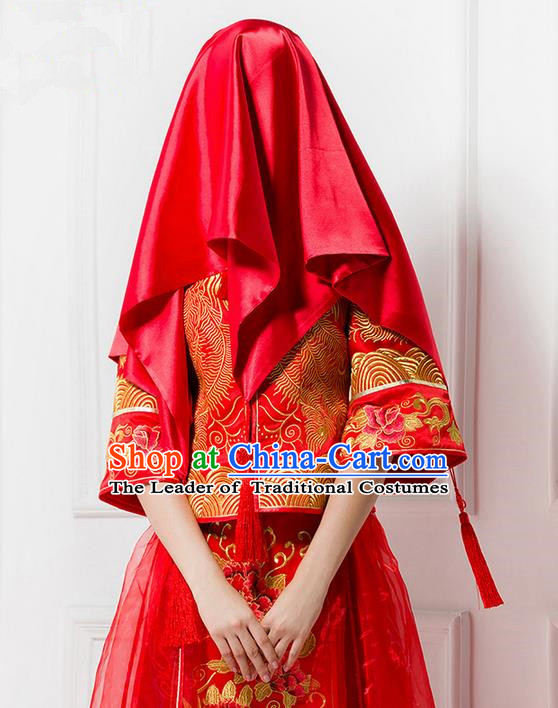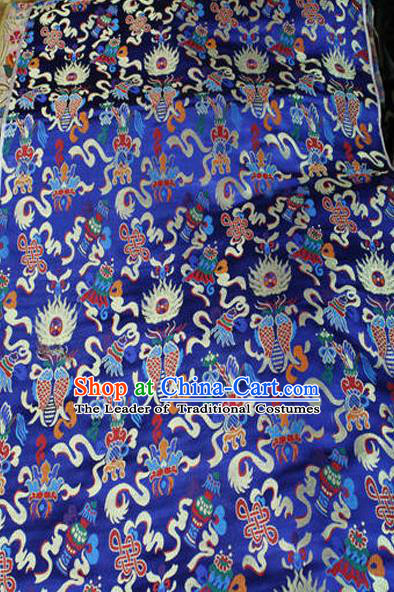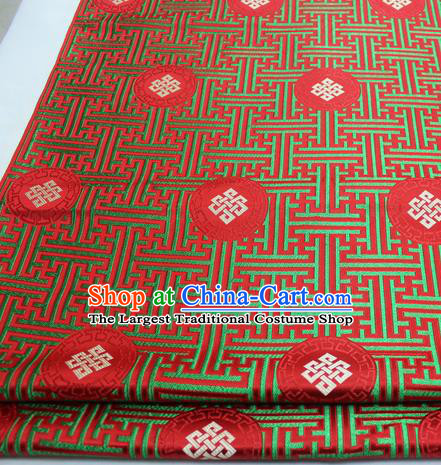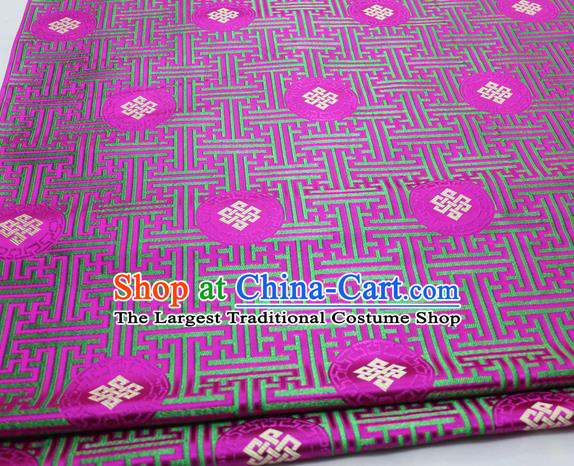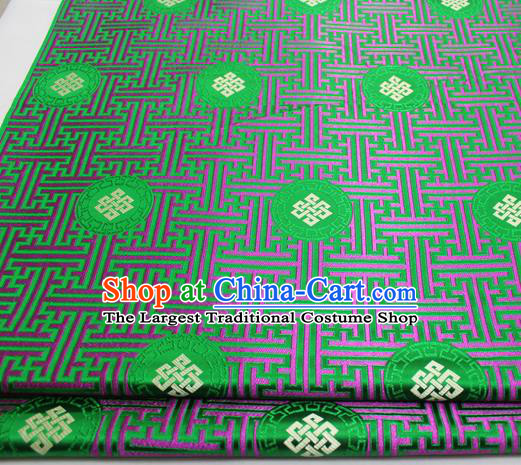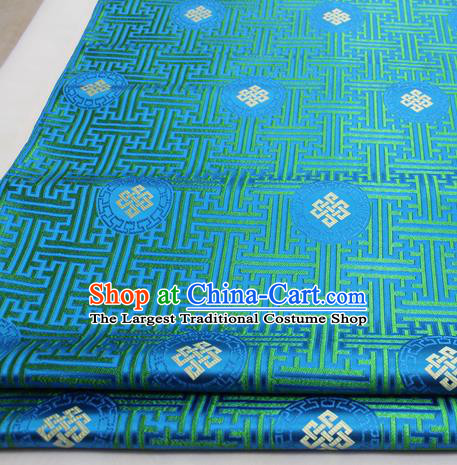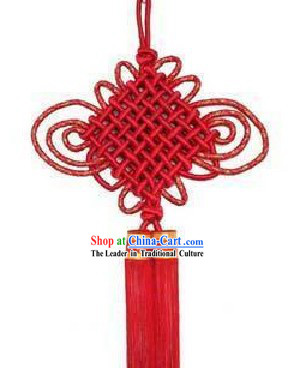
Click Related Pictures for More Audios:
Traditional Chinese knots are a type of cultural art with rich cultural connotations and historical significance.
They originated in ancient times and have developed over thousands of years, becoming an important part of traditional Chinese culture.
Chinese knots are famous for their unique weaving techniques, exquisite designs, and rich symbolic meanings.
The weaving technique of Chinese knots has a long history that can be traced back to ancient times.
It uses materials such as silk threads and cotton threads to combine various shapes and patterns through complex weaving methods.
These woven pieces usually present symmetrical and balanced beauty, conveying the meanings of harmony, unity, and good wishes.
In traditional Chinese festivals, people often wear Chinese knots as decorations to pray for good luck and happiness.
In addition to its practical functions, Chinese knots also have rich symbolic meanings.
Different knot types represent different meanings, such as the Fu character knot symbolizing abundance of blessings, and the Ruyi knot symbolizing the fulfillment of wishes.
Furthermore, Chinese knots can also be used to express emotions; for example, couples often wear identical Chinese knots to express mutual understanding.
In modern society, Chinese knots are still loved and sought after by people.
Many artists incorporate them into modern designs, creating unique fashion accessories.
At the same time, more and more people are paying attention to the inheritance and development of traditional culture, learning and appreciating this ancient form of art.
In conclusion, traditional Chinese knots are a fascinating type of cultural art that carries rich historical connotations and symbolic meanings.
Whether it is used as a practical decoration or a way to express emotions, Chinese knots demonstrate the unique wisdom and creativity of the Chinese nation.
